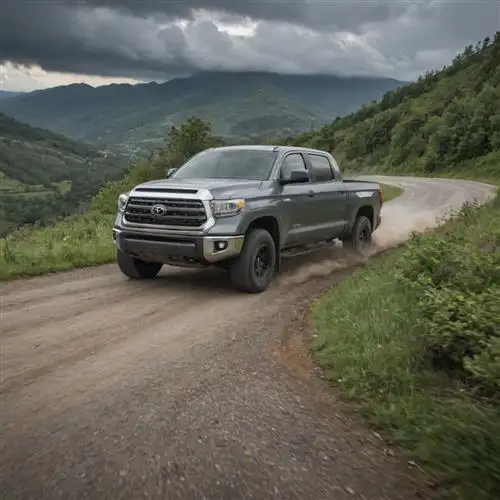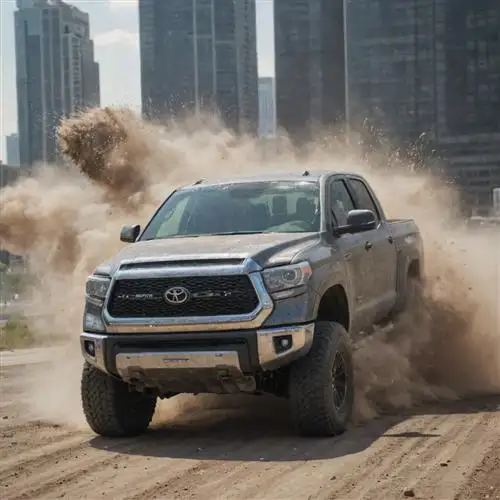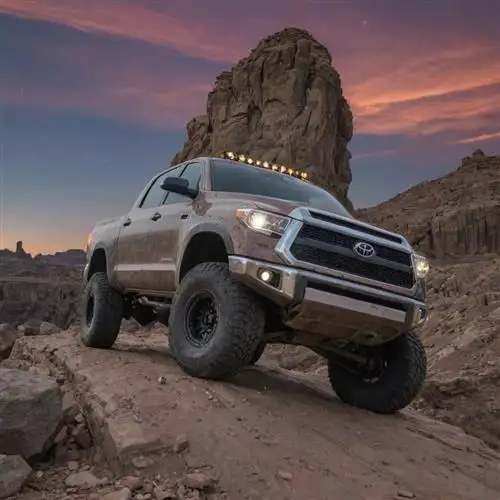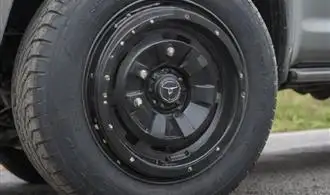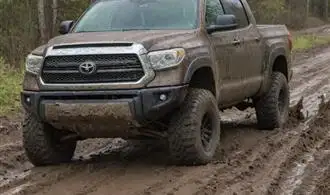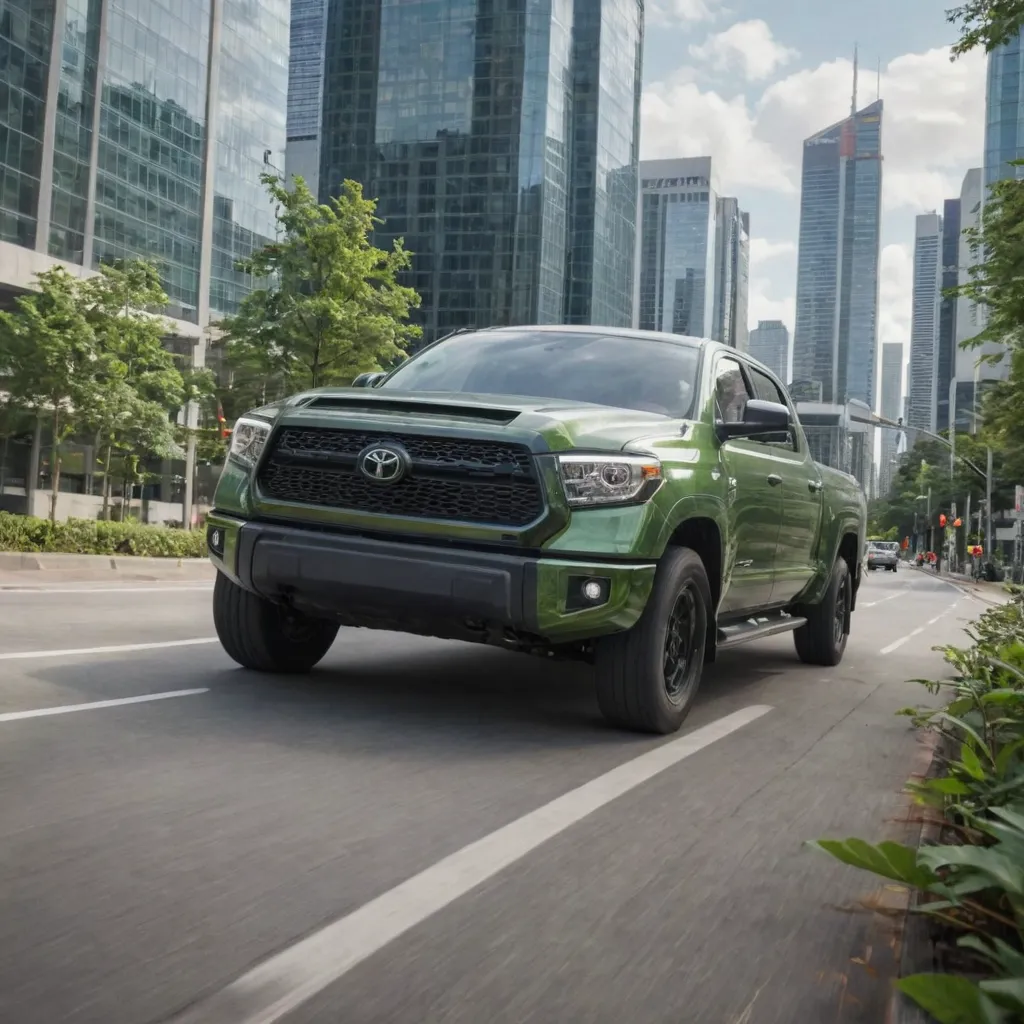
Boosting Horsepower and Torque
One of the most sought-after modifications for the Toyota Tundra is increasing its horsepower and torque. Whether you're looking to tow heavier loads, improve acceleration, or simply get more out of your truck, there are several proven ways to achieve this goal. In this in-depth guide, we'll explore some of the best strategies to boost your Tundra's performance.
Upgrading the Air Intake System: The factory air intake system on the Tundra can be a bottleneck for airflow, limiting the engine's ability to breathe efficiently. Replacing the stock air filter with a high-flow unit and installing a cold air intake can provide a noticeable increase in horsepower and torque. These modifications allow more air to enter the engine, resulting in a more complete combustion process and greater power output.
Modifying the Exhaust System: The stock exhaust system on the Tundra can also restrict airflow and limit power. Upgrading to a performance exhaust system, including a larger-diameter pipe, a high-flow catalytic converter, and a less restrictive muffler, can significantly improve the engine's ability to expel exhaust gases. This, in turn, allows for more efficient induction of fresh air, leading to increased horsepower and torque.
Tuning the Engine Control Unit (ECU): The Tundra's ECU is the brain that controls the engine's various systems, including fuel injection, ignition timing, and more. By installing a performance tuning module or working with a professional tuner, you can optimize the ECU's programming to deliver more power. This can involve adjusting the air-fuel ratio, ignition timing, and other parameters to unlock the full potential of your Tundra's engine.
Upgrading the Fuel System: If your Tundra is equipped with the stock fuel system, it may not be able to provide enough fuel to support increased power output. Upgrading the fuel pump, fuel lines, and injectors can ensure that the engine receives the necessary fuel to match the increased airflow from the other modifications. This can result in a significant boost in horsepower and torque, particularly at higher engine speeds.
Forced Induction: For those seeking a more substantial power increase, installing a supercharger or turbocharger can be a transformative upgrade. These forced induction systems use an air compressor to force more air into the engine, resulting in a significant increase in power output. However, this type of modification often requires additional upgrades to the engine, drivetrain, and cooling system to handle the increased power safely and reliably.
Optimizing Handling and Responsiveness
The Toyota Tundra is a rugged and capable truck, but with a few strategic upgrades, you can significantly improve its handling and responsiveness on the road and off-road. One of the most impactful modifications is to upgrade the suspension system. Investing in high-quality shocks and struts can dramatically enhance the Tundra's ability to absorb bumps and maintain control, especially when towing heavy loads or navigating challenging terrain. Look for aftermarket options that are designed specifically for the Tundra, as they will be tailored to the truck's weight, dimensions, and driving dynamics.
Another crucial aspect of handling is the steering system. Upgrading to a performance-oriented steering stabilizer can tighten up the Tundra's steering response, providing a more direct and precise feel when navigating curves or making quick maneuvers. This can be particularly beneficial for drivers who frequently haul heavy payloads or encounter off-road obstacles that can unsettle the vehicle's handling.
Tire selection is also a crucial factor in optimizing the Tundra's handling and responsiveness. Choosing the right tire size, tread pattern, and compound can have a significant impact on the truck's grip, cornering ability, and overall responsiveness. If you primarily use your Tundra for off-road adventures, consider investing in a set of all-terrain or mud-terrain tires that will provide enhanced traction and control in challenging environments. Conversely, if your Tundra sees more on-road use, a set of high-performance highway tires may be a better choice for improved handling and fuel efficiency.
Enhancing Braking Performance
Improving the braking performance of your Toyota Tundra is a critical aspect of ensuring a safe and responsive driving experience. One of the most effective ways to enhance braking is by upgrading your brake components. Consider installing high-performance brake pads, which can provide increased friction and better stopping power. Paired with premium brake rotors, these upgrades can significantly improve your Tundra's braking ability, allowing you to slow down more quickly and with greater control.
Another important consideration is the brake fluid. Over time, brake fluid can become contaminated, reducing its effectiveness. Flushing and replacing the brake fluid with a high-quality, high-temperature variant can help maintain optimal braking performance, even under heavy use or in hot conditions. This simple maintenance task can make a noticeable difference in your Tundra's braking responsiveness.
If you're looking to take your Tundra's braking to the next level, you may want to explore the possibility of upgrading to larger brake calipers and rotors. This can be a more involved and costly upgrade, but it can provide a significant increase in braking power, allowing you to stop more quickly and with greater confidence, especially when towing or hauling heavy loads.
In addition to the mechanical upgrades, it's essential to maintain your Tundra's braking system through regular inspections and maintenance. This includes checking the brake pads for wear, ensuring the calipers are functioning correctly, and monitoring the condition of the brake lines and hoses. By staying on top of these maintenance tasks, you can help ensure your Tundra's braking system remains in top condition, providing reliable and consistent performance.
Upgrading the Suspension System
When it comes to enhancing the performance of your Toyota Tundra, one of the most impactful upgrades you can make is to the suspension system. The suspension plays a crucial role in your vehicle's handling, ride quality, and off-road capability. By carefully selecting and installing the right suspension components, you can transform the driving experience and unleash the true potential of your Tundra.
One of the primary considerations when upgrading the suspension is the choice between stock replacement parts and aftermarket components. While stock parts may provide a familiar and comfortable ride, aftermarket suspension systems can offer a significant boost in performance and capabilities. Aftermarket shocks, struts, and coil springs, for example, are designed to provide a more responsive and controlled ride, particularly when navigating rough terrain or high-speed maneuvers.
When selecting an aftermarket suspension system, it's essential to consider factors such as your driving style, the intended use of your Tundra (e.g., daily commute, off-road adventures, towing), and your budget. High-end suspension components, like those from reputable brands like Fox or Bilstein, can provide enhanced damping, increased travel, and improved stability, but they may come with a higher price tag. On the other hand, more affordable options can also deliver noticeable improvements in performance and ride quality.
One of the most common and effective suspension upgrades for the Toyota Tundra is the installation of a lift kit. Lift kits raise the vehicle's ride height, providing additional ground clearance and improved approach and departure angles for off-road use. This not only enhances the truck's visual appeal but also allows for larger tires and wheels, further improving traction and capability.
When installing a lift kit, it's crucial to ensure compatibility with your Tundra's specific model and year, as well as to consider factors such as the suspension geometry, brake line length, and potential tire-to-fender clearance issues. It's always recommended to work with a professional installer or a reputable aftermarket suspension specialist to ensure a proper and safe installation.
- Heavy-duty shock absorbers and struts: Designed to provide better control and responsiveness, especially during high-speed, off-road driving or towing.
- Adjustable coil-over suspension: Allows for fine-tuning of ride height and damping settings to achieve the perfect balance between comfort and performance.
- Sway bars: Upgraded sway bars can improve handling and reduce body roll, enhancing the Tundra's stability and cornering ability.
- Suspension bushings: Replacing worn or stock bushings with higher-quality, polyurethane components can improve suspension responsiveness and reduce play in the suspension system.
Improving Fuel Efficiency without Sacrificing Power
Enhancing the fuel efficiency of your Toyota Tundra can be achieved without compromising the power and performance you've come to expect. The key lies in understanding the delicate balance between power and efficiency, and implementing strategic modifications that cater to your driving needs. One of the most effective ways to boost your Tundra's fuel economy is by optimizing its aerodynamics. Simple additions, such as a well-designed front bumper cover or a tonneau cover for the truck bed, can significantly reduce wind resistance and improve airflow, resulting in better fuel consumption. Additionally, considering larger, more fuel-efficient tires can contribute to enhanced efficiency, as they often have lower rolling resistance.
Another crucial factor in improving fuel efficiency is engine tuning. While the Tundra's powerful engine is a testament to Toyota's engineering prowess, fine-tuning the engine parameters can yield remarkable results. By working with a reputable tuning specialist, you can unlock hidden potential in your engine, optimizing fuel delivery, ignition timing, and other critical systems to achieve a perfect balance between power and efficiency. This process often involves installing performance-enhancing components, such as high-flow air filters or upgraded fuel injectors, further enhancing the Tundra's capabilities.
If you're seeking to take your Tundra's performance to the next level without sacrificing fuel economy, consider exploring its off-road capabilities. By equipping your truck with the right suspension components, tires, and other off-road-specific upgrades, you can unlock a new level of versatility and capability that seamlessly blends power, traction, and efficiency. This approach allows you to tackle challenging terrain while maintaining respectable fuel economy, making your Tundra a true all-around performer.


